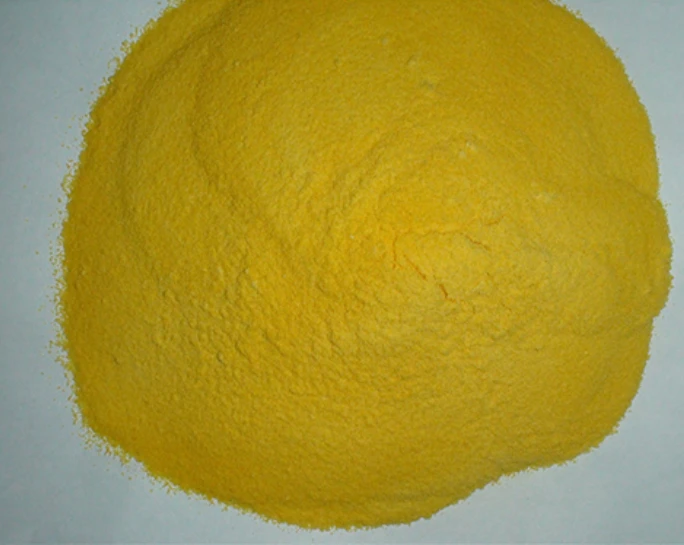Understanding the Processes of Water Coagulation and Flocculation for Cleaner Water
Water Coagulation and Flocculation Processes for Clean Water
Water is an essential resource for all forms of life, and ensuring its quality is crucial for public health and environmental sustainability. Among the various methods employed in water treatment, coagulation and flocculation are vital processes that help in the removal of suspended impurities, ensuring that the water is safe for consumption and use.
Understanding Coagulation
Coagulation is the first step in the water treatment process aimed at clarifying water. It involves the addition of coagulants—chemical substances that promote the aggregation of suspended particles. Common coagulants include aluminum sulfate (alum), ferric chloride, and polymeric coagulants. When these coagulants are introduced to water, they neutralize the electrostatic charges on the particles suspended in the water, allowing them to stick together rather than remain dispersed.
The mechanism behind coagulation is primarily based on charge neutralization. Most suspended particles in water, such as dirt, silt, and organic matter, carry a negative charge. The positive ions in coagulants neutralize these charges, which leads to the formation of microflocs—small clusters of particles that start to gather.
The Flocculation Process
Once coagulation has occurred, the next step is flocculation. This process involves the gentle mixing of the water to allow these microflocs to grow larger into what are known as macroflocs. During flocculation, chemicals called flocculants may be added to enhance the aggregation process. Flocculants are typically long-chain polymers that help bind the microflocs into larger, more easily separable particles.
The flocculation process is typically conducted in a series of stages involving slow mixing to encourage collisions between microflocs, which increases their size. As the macroflocs form, they become heavier and will eventually settle to the bottom of the treatment tank or can be removed through filtration processes.
water coagulation and flocculation

Importance of Coagulation and Flocculation
The benefits of coagulation and flocculation in water treatment are manifold. Primarily, these processes significantly reduce turbidity—cloudiness caused by suspended particles—leading to clearer water. This not only makes the water visually appealing but also improves its palatability and aesthetic quality.
Moreover, effective coagulation and flocculation remove a wide range of contaminants, including pathogens, organic matter, and heavy metals. This is particularly crucial in ensuring that water meets health standards, thereby preventing waterborne diseases. Furthermore, by removing these impurities, coagulation and flocculation pave the way for subsequent treatment processes, such as filtration and disinfection.
Challenges in Coagulation and Flocculation
Despite its benefits, the coagulation and flocculation processes present certain challenges. The effectiveness of coagulation can be influenced by various factors, including the pH of the water, the type and dosage of coagulants used, and the characteristics of the suspended particles. Moreover, there is a need to carefully manage chemical dosing, as excessive coagulant usage can lead to residual chemicals in the treated water, which may pose health risks.
Additionally, the disposal of generated sludge, which consists of collected flocs, raises environmental concerns. Proper sludge management and disposal techniques must be implemented to prevent contamination of soil and water bodies.
Conclusion
Coagulation and flocculation are fundamental techniques in the realm of water treatment, ensuring the removal of impurities and the safety of drinking water. As we face increasing challenges related to water quality, advancements in these processes, alongside sustainable practices, will be essential in securing clean water for future generations. Understanding and optimizing these methods will not only enhance public health but also contribute to the overall sustainability of our water resources.
-
Water Treatment with Flocculant Water TreatmentNewsJun.12,2025
-
Polymaleic AnhydrideNewsJun.12,2025
-
Polyaspartic AcidNewsJun.12,2025
-
Enhance Industrial Processes with IsothiazolinonesNewsJun.12,2025
-
Enhance Industrial Processes with PBTCA SolutionsNewsJun.12,2025
-
Dodecyldimethylbenzylammonium Chloride SolutionsNewsJun.12,2025





